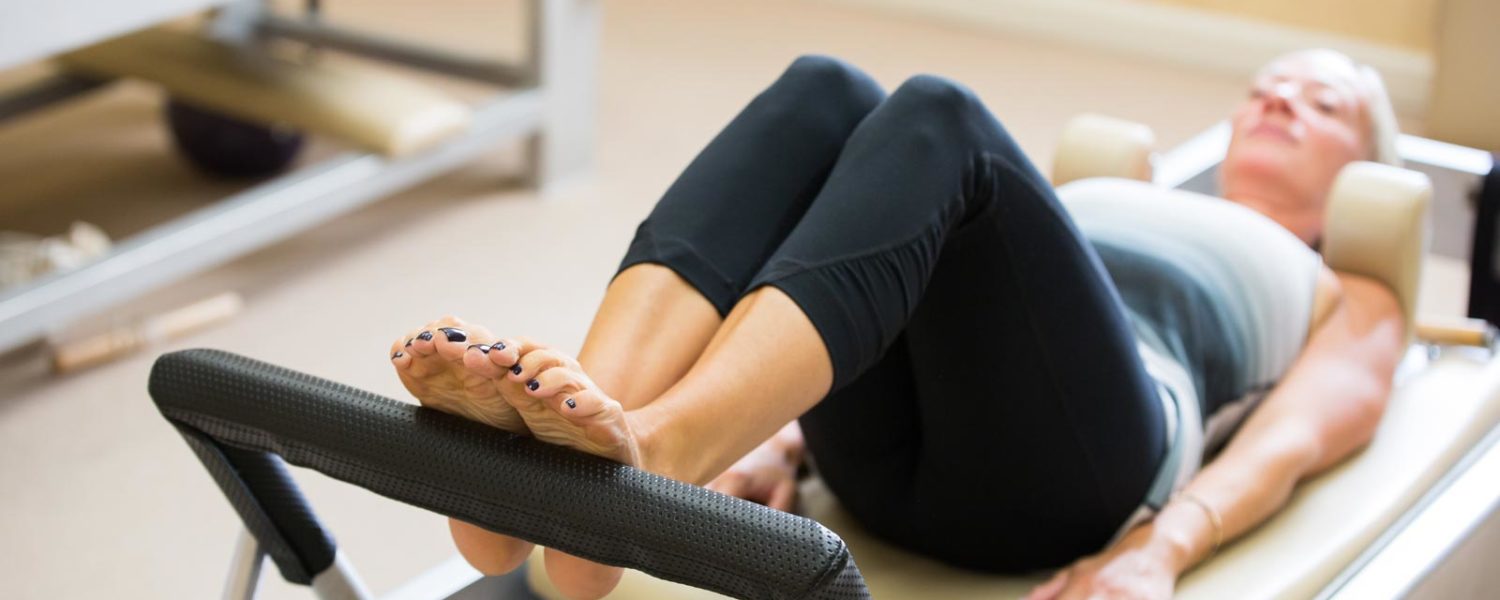How to Choose a Pilates Studio
Sure, that Groupon for 75% off a Pilates group class at a nearby gym sounds like a good deal, but is it really a sound way to learn and practice the Pilates system of exercise? Here are five key things to look for when choosing a Pilates studio:
1. Instructor experience
A bona fide Pilates instructor—learned in the classical, or “True,” Pilates system as created by Joseph Pilates—will necessarily have around 600 hours of training under their belt, replete with exams and mastery of all the apparatus, including the reformer, wunda chair, and pedi-pole, as well as mat work at the beginner, intermediate, and advanced levels. In addition to their training, the length of time that they have been teaching is key, too. By contrast, there are scores of people out there who may tout having a mat certification they picked up last weekend, (or, worse, no certification), or class-only training, without any relevant experience with the apparatus.
The most versatile Pilates instructors are also usually trained in other movements, like dance, gymnastics, yoga, Gyrotonic®, or physical therapy. This breadth of movement education and expertise can better ensure a well-rounded approach to assessing and training you, based on your individual strengths, abilities, and areas for improvement.
2. Equipment
Joseph Pilates designed the equipment to be an integral element to his fitness system. While copycat machinery abound, the Gratz line remains the gold standard: it is made exactly to Joe’s specifications, and is used at the training studio that he founded. Since it is also the most expensive, a Pilates studio that springs for Gratz is more often than not a “True” believer and practitioner, and not just looking to capitalize on Pilates’ growing popularity.
3. Class types
The six central tenants of Pilates—concentration, control, centering, precision, breath, and flow—is a great metric for assessing the quality of any potential class you might take. A Pilates class—particularly those at the beginner or intermediate level—should include no more than two or three students maximum, so that instructors can help keep the focus on the posture and correct alignment of each person. Super small classes will also counter against the inclination for competitiveness against other people, and distract your focus away from your breath and precision.
A big group class will necessarily be unable to dedicate the type of individualized attention that good form requires, which increases the risk of injury, as well as does little by way of advancing your Pilates skill and ability.
4. Exercise execution
In Pilates, there are never more than ten reps of anything, because when you do them correctly—incorporating the six principles (see above) into every move—you need only do a few reps to reap the benefits. As your Pilates practice improves, the number of exercises will increase, improving your inter-exercise flow.
Contrary to this, some purported Pilates classes focus on one exercise for an entire minute. Not only can this be boring—and unnecessarily challenging to maintaining the essential mind-body connection—but it can also increase lactic acid build-up in your muscles which can cause extreme muscle fatigue and soreness.
In sum, there are plenty of fitness regimes out there that are beneficial in various ways, depending on what you’re hoping to achieve. But if you’re looking for a gentle, efficient, strength-without-bulk-building, mind-body-revitalization, only a True Pilates studio will do.

